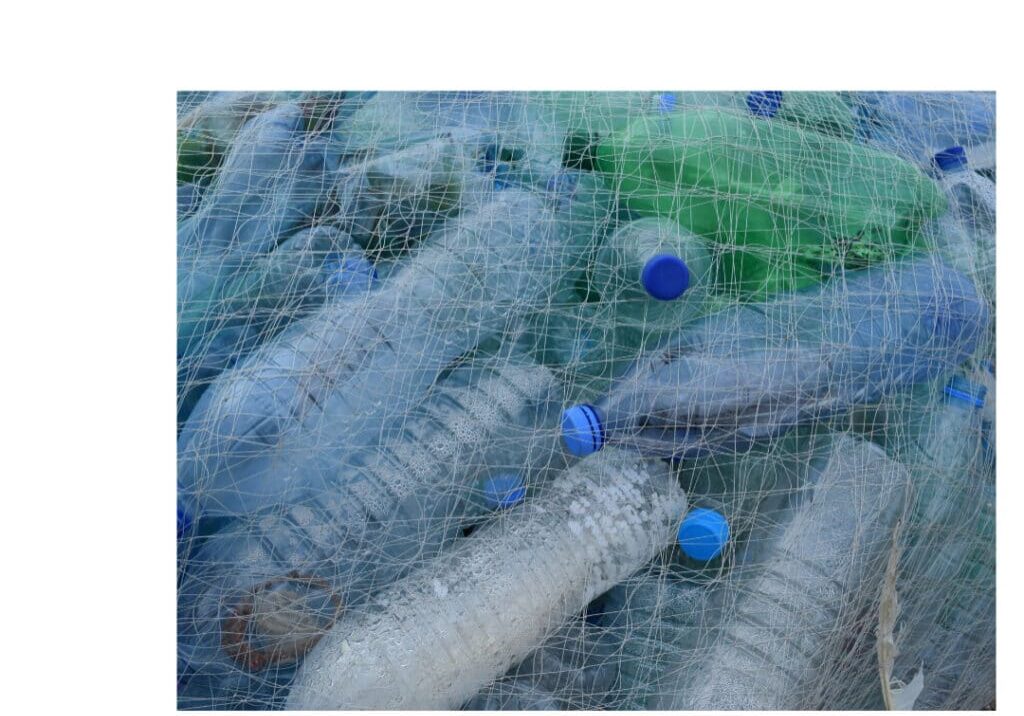Instead of recycling plastic water bottles and cans, what if we never had to use them in the first place?
From a nightclub stage, a comedian riffs about trash and recycling. “With trash, if there’s something you don’t want anymore, you throw it away and you never see it again. But with recycling, you toss it in the bin and it comes back as something else you will eventually have to get rid of all over again.”
While this open-mic-night insight may not be entirely accurate, it does hint at an awkward truth surrounding recycling: Using bottles and cans means always having to deal with them when we’re done.
On average, Americans crack open around 1500 bottles of water each second. That translates to 90,000 every hour and 2.2 million every day. From a human health perspective, it’s good that we’re drinking so much water. However, for the health of our planet, the effects aren’t as beneficial.
While most of those plastic bottles can be recycled, a large percentage of them aren’t. Dr. Peter Gleick, the author of “Bottled and Sold: The Story Behind Our Obsession with Bottled Water,” says only 30 percent of those bottles make it into the recycling bin. The rest wind up in landfills, incinerators, or littering the land and the ocean. In fact, a widely reported study by the World Economic Forum and the Ellen MacArthur Foundation determined that by the year 2050, the ocean will contain more plastic than fish. And many of those fish will have ingested a significant amount of that plastic.
Put down the bottle. Pick up the can.
Another thing to consider is putting water in aluminum cans instead of plastic bottles. Take a look inside the fridge in just about any office kitchen, breakroom, or cafeteria and you’ll likely see the most popular waters, seltzers, and flavored beverages in shiny aluminum rows.
Along with being easier to stack and taking up less fridge space, cans have a much higher recycling profile than their polyethylene cousins. Cans in the U.S. are recycled at rate of 50 percent, distinguishing them as the most recycled beverage container in the world. Plus, the high recyclability of aluminum means that 75 percent of all aluminum produced is still in circulation, and each regenerated can uses 90 percent less energy and produces 90 percent less emissions compared to producing a brand new can.
The environmental attractiveness of recycling cans is increasing demand. However, the problem with that is there are not enough cans in circulation right now to meet that demand. More will need to be made from scratch, and creating a new can produces double the greenhouse gases of a plastic bottle. So, while we’re improving sustainability through recycling, we’re working against that by adding carbon through can manufacturing.
A better answer to bottles and cans
Staying properly hydrated and preserving the environment don’t have to be so complicated if you consider an alternative to bottles and cans. Smart beverage dispensers, like those from Bevi, let you get that drink without the plastic or aluminum middleman. They not only supply pure filtered and sparkling water right into your reusable tumbler cup, they let you easily add electrolytes to boost your hydration and flavors to elevate your mood.
At the same time, you could be replacing 30 thousand bottles and cans each year, and as the standup comedian would point out, “never having to deal with them again.” And that may be the most refreshing part of that drink of water.


